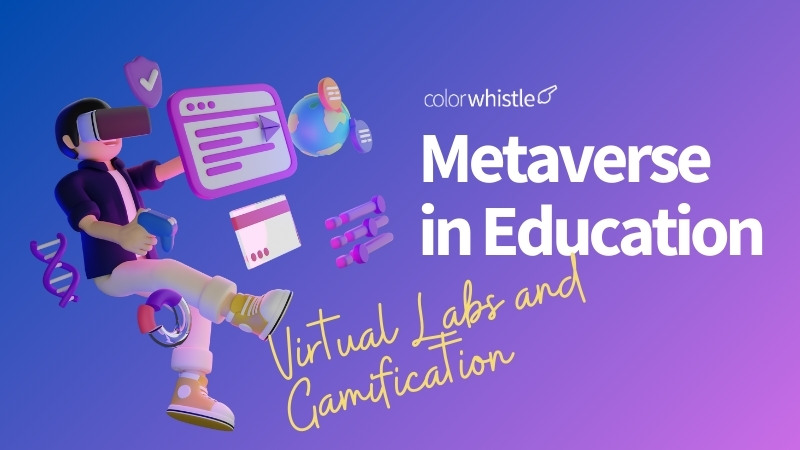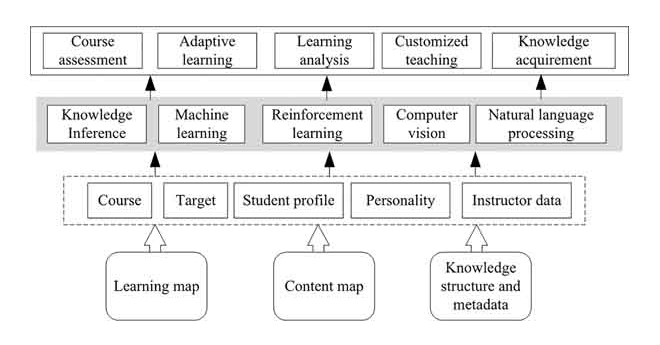The Metaverse, the concept taken from the science fiction novel “Snow Crash,” is a virtual space where users, represented by avatars, interact and engage with others. It combines various technologies like AR, VR, IoT, AI, and spatial technology to create an immersive digital environment. The COVID-19 pandemic has highlighted the limitations of traditional classrooms, leading to the adoption of the metaverse as a new social communication space for teaching and learning. This virtual space offers freedom to create and share learning activities, providing advantages over face-to-face learning. It blends real-world environments with technology to simulate diverse places and connections in different formats.
This blog dives into two exciting applications of the metaverse in education: virtual labs and gamification.
Are you considering building an AI application? Partner with the best AI application development service agency to turn your vision into reality.
The Metaverse in Education
The metaverse is revolutionizing education by offering engaging learning experiences through virtual labs and gamification. This transformative technology integrates virtual reality (VR), augmented reality (AR), and mixed reality (MR) to create interactive and engaging educational environments. In the metaverse, students can conduct experiments in virtual labs, explore historical settings, and collaborate with peers from different locations. Research shows that VR can enhance comprehension, knowledge retention, student engagement, attention span, and motivation.
Schools are leveraging metaverse technologies to provide access to high-quality education, regardless of geographical location or resource constraints. Governments and educators play a crucial role in ensuring equitable access to these technologies and providing proper training for teachers to maximize the benefits of the metaverse in education.
What are Some Examples of How the Metaverse is Being used in Education?
The metaverse transforms education by offering immersive learning experiences through virtual labs and gamification. Some examples of how the metaverse is being used in education include
Virtual Classrooms
Powered by advances in modeling and rendering technologies, including AR/VR and XR, the metaverse enables the development of sophisticated 3D virtual classrooms where students and teachers can interact with each other in a virtual space.
Virtual Experiment Learning
With the metaverse, it is possible to conduct experiments in various subjects (physics, chemistry, biology, engineering, etc.) and obtain experiential skills in a simulated environment.
Virtual Field Trips
Google Expeditions allows students to explore museums, historical sites, and natural wonders through immersive virtual reality experiences.
Collaborative Learning Environments
VirBELA is a virtual world platform that enables students and educators to collaborate in real-time within a 3D environment.
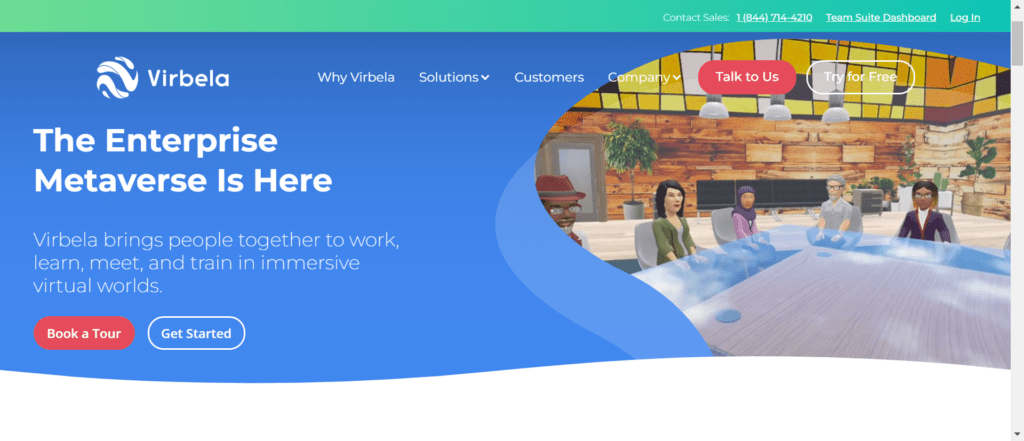
Language Immersion
Mondly uses virtual reality to immerse students in real-life scenarios with native speakers, enhancing language acquisition through interactive conversations and cultural experiences.
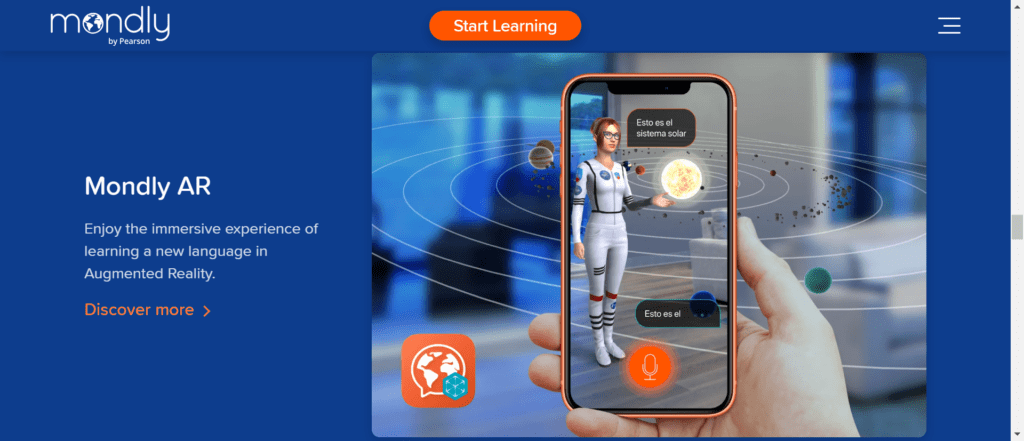
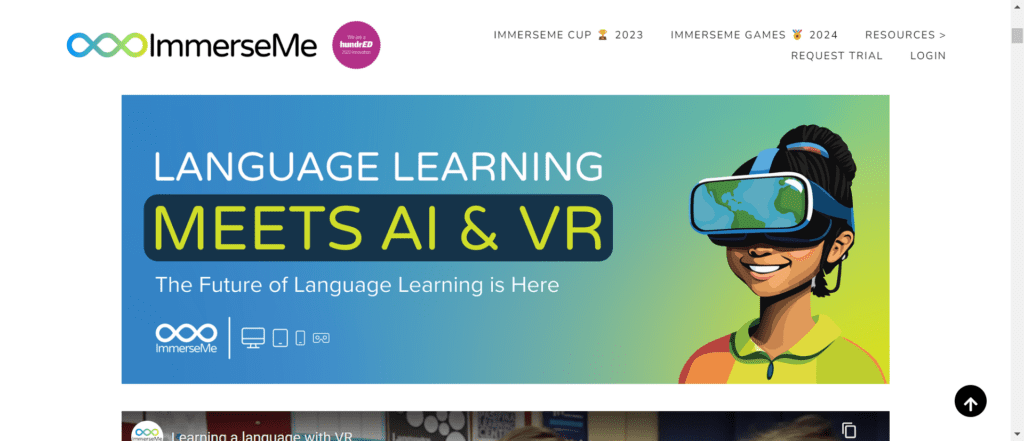
Gamification
Classcraft gamifies the learning experience through role-playing, quests, and collaboration, encouraging teamwork, problem-solving, and critical-thinking skills.
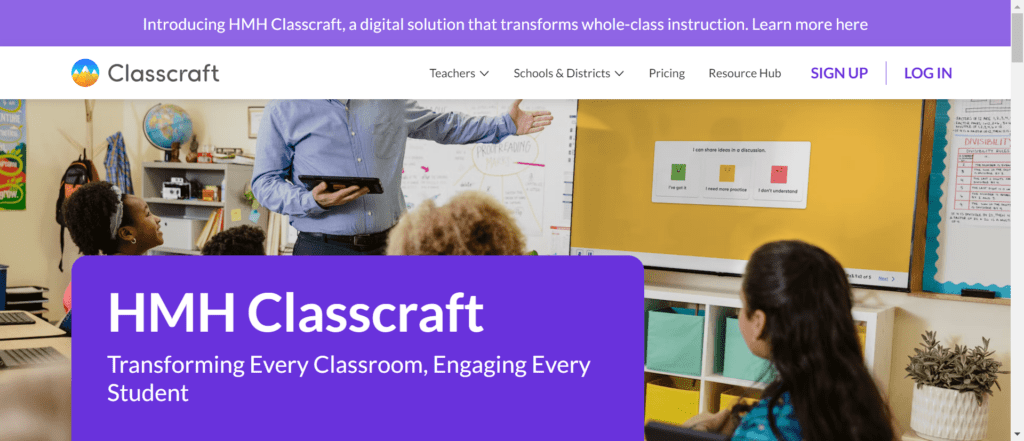
Virtual Internships and Job Shadowing
Connects students with virtual internships and job shadowing opportunities across various industries, providing valuable real-world experience and insights into potential career paths.
Remote Tutoring
Brainly connects students with tutors and subject-matter experts from around the world, offering personalized support and guidance through real-time collaboration and communication tools.
Inclusive Education
Immersive Reader by Microsoft improves reading comprehension and accessibility for students with disabilities, creating a more inclusive learning environment.
Skills Training Simulations
Osso VR provides skills training simulations for various industries, allowing students to practice complex procedures in a safe and controlled environment.

Interactive Textbooks and Learning Materials
Top Hat offers interactive textbooks and learning materials that engage students and enhance their understanding of the subject matter.
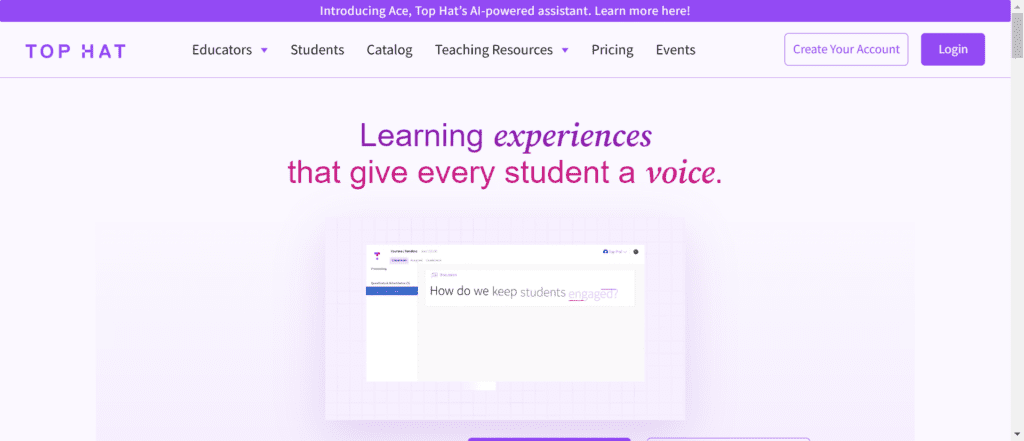
Augmented Reality Labs
Labster uses augmented reality to create interactive labs for STEM education, allowing students to perform experiments and simulations in a virtual environment.
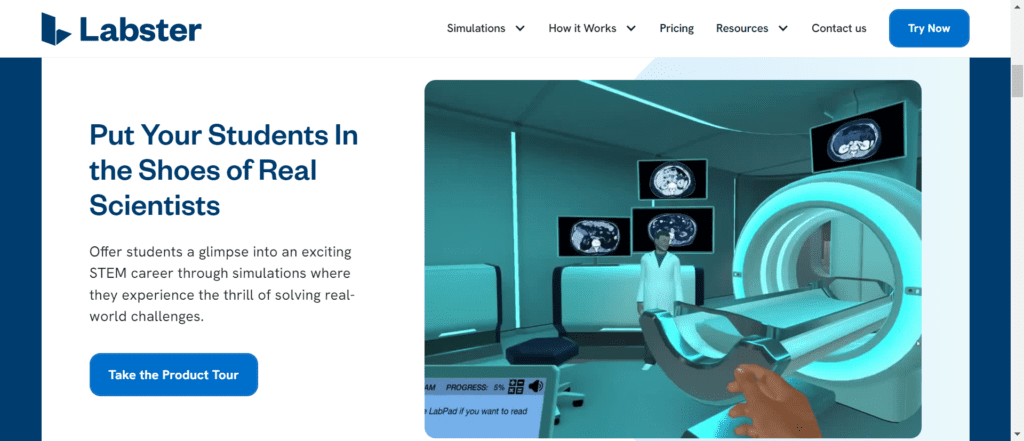
Social-Emotional Learning
Harmony SEL uses immersive simulations and role-playing to help students develop empathy, conflict resolution skills, and social awareness.

Cultural Exchange Programs
Go Pangea connects students from around the world through project-based learning, fostering cross-cultural understanding and global citizenship.

Personalized Learning Paths
DreamBox is an AI-driven adaptive learning platform that tailors math instruction to individual student needs, preferences, and progress.
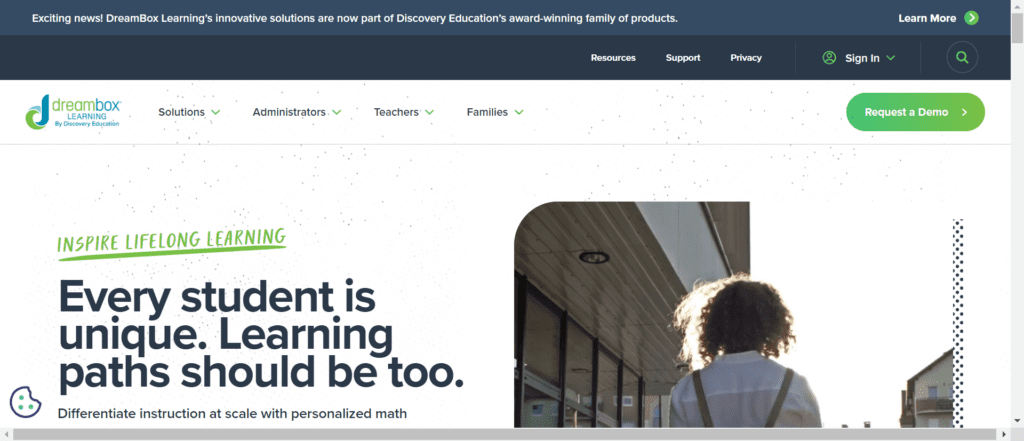
These examples demonstrate the potential of the metaverse to revolutionize education by creating immersive, interactive, and engaging learning experiences that transcend geographical boundaries and cater to diverse learning needs.
Also Read
Virtual Reality and Gamification in Education
Virtual reality (VR) lets students dive into realistic and interactive learning adventures, making tough topics easier to understand. Teachers use VR to create cool experiences like virtual field trips and simulations that grab students’ attention. To make these experiences work well, it’s important to understand how students learn best. Recent studies have looked at how VR fits with different ways of learning.
These research studies showcase five educational methods, one methodology, five learning theories, and one theoretical framework concerning VR in education. Notably, constructivism learning is frequently utilized, experiential learning is well-suited for VR, and the gamification of learning shows promising potential for the future. This synthesis underscores the importance of aligning VR experiences with effective pedagogical strategies to optimize learning outcomes in educational settings.
Gamification in Education
The origins of gamification in education can be traced back to the early days when educators used games to teach children. For example, young children were educated through games in the scout movement. However, The term ‘gamification’ was initially coined in 2010 to depict the integration of social and reward elements from games into software
The evolution of gamification in education can be divided into several stages:
- 1980: Dating back to the 1980s in the early days of gamification in learning environments, the utilization of video and computer games such as “Where in the World is Carmen Sandiego?” marked one of the earliest instances. These games were designed to educate and captivate students by offering interactive gameplay experiences
- 2010: The term ‘gamification‘ gained widespread usage in 2010, referring to the incorporation of social/reward aspects of games into software. This marked a significant shift towards leveraging game design elements and gameful experiences in educational settings to enhance student engagement and motivation
- 21st Century: Gamification in education has become a potent tool that has the potential to transform teaching and learning in the 21st century. It involves introducing game design elements and gameful experiences into the design of learning processes, aiming to improve knowledge retention, comprehension, and problem-solving skills among students
- Current Trends: Gamification is now recognized as a powerful educational approach that incorporates game elements into non-game contexts to enhance learning experiences. It offers personalized learning experiences, improves engagement, and fosters critical thinking and collaboration among students
What are Some Challenges of Implementing Gamification and Virtual Reality in Education? And the ColorWhistle’s Solutions
Implementing gamification and virtual reality in education comes with several challenges that educators and institutions need to address. Here are some key challenges based on the provided search results:
Challenges and Solutions: Gamification
Lack of Understanding: One of the primary challenges is a lack of understanding of the gamification and virtual reality process. Educators may struggle to grasp the intricacies of effectively incorporating game design elements or VR into educational contexts, leading to ineffective implementation.
Bridging the Knowledge Gap
- Interactive Gamification Workshops: We conduct engaging workshops led by AI-powered learning modules. These workshops introduce educators to gamification principles, best practices, and effective design strategies tailored to different subjects and age groups
- Curated Resource Library: Our AI curates a comprehensive library of educational games, case studies, and research papers to equip educators with the knowledge they need to design and implement gamified experiences
Overemphasis on Rewards: There is a risk of overemphasizing rewards in gamified educational systems, which can undermine intrinsic motivation and hinder long-term engagement and learning outcomes.
Focus on Mastery & Progress Tracking
- Our AI personalizes student learning journeys by identifying individual motivators beyond points and badges
- We create a platform that tracks student progress and provides meaningful feedback that highlights strengths and weaknesses. This allows educators to tailor challenges and celebrate incremental improvements, fostering intrinsic motivation
Hesitancy Among School Leaders: School leaders may express hesitancy about expanding digital tools and incorporating game elements in the classroom. This reluctance can stem from concerns about the effectiveness of gamification, technical challenges, or resistance to change among staff and students.
- School Leader Dashboards: We provide school leaders with data-driven dashboards that showcase the impact of gamified learning on student engagement and achievement. This empowers leaders to advocate for gamification initiatives
- Community Building Features: Our platform facilitates communication and collaboration between educators, allowing them to share successful gamification strategies and best practices
Barriers to Adoption: Various factors and barriers hinder the adoption of gamification in education, such as resistance to change, lack of resources, inadequate training for educators, and technical challenges in implementing gamified systems effectively.
- Easy-to-Use Development Tools: We provide user-friendly, AI-powered tools that allow educators with no coding experience to create engaging gamified learning experiences. Drag-and-drop functionalities and pre-built templates make it easy to incorporate game mechanics into existing lesson plans
- Technical Support & Integration: ColorWhistle team offers comprehensive technical support to ensure seamless integration of our platform with existing learning management systems. We also provide ongoing maintenance and troubleshooting to minimize disruptions
Challenges and Solutions: Virtual Reality
Cost and Accessibility: VR headsets and development can be expensive, and not all students may have access to them at home or school.
Solution: We explore cost-effective solutions like mobile VR experiences that leverage smartphones and low-cost headsets. Additionally, we provide educators with tools to create VR content themselves, reducing reliance on expensive pre-made experiences.
Technical Challenges: Integrating VR experiences seamlessly into existing learning management systems can be difficult.
Solution: We offer user-friendly VR development tools with drag-and-drop functionalities and pre-built templates. This empowers educators with no coding experience to create engaging VR experiences. We also offer comprehensive technical support and ongoing maintenance to ensure seamless integration and minimize disruptions.
Potential for Distraction: Poorly designed VR experiences can distract learning objectives.
Solution: We prioritize clear learning objectives in VR experiences. Our AI curates a library of high-quality, educationally sound VR experiences aligned with various subjects and age groups. Additionally, we provide educators with tools to customize and adapt VR experiences to fit their specific lesson plans.
Also Read
Wrap-Up
The metaverse, which combines virtual reality (VR) and gamification, shows us a glimpse of the future of education. It’s a future where learning becomes more than just reading books. Instead, it becomes exciting experiences that make us curious, engaged, and knowledgeable. Even though there are challenges like cost and accessibility, AI technology is stepping in to help solve these problems. It’s giving educators the tools they need to create these fun learning environments.
Are you excited to see what the future holds? Check with the best AI consulting and integration services agency. Also, share your thoughts on how VR and gamification can change education in the comments below! Let’s work together to make learning more fun and effective for everyone.
Feel free to swing by our ColorWhistle page. You’ll get the lowdown on our services and find some interesting stuff there! Just head to our Contact Us page to get in touch with us.
What’s Next?
Now that you’ve had the chance to explore our blog, it’s time to take the next step and see what opportunities await!

